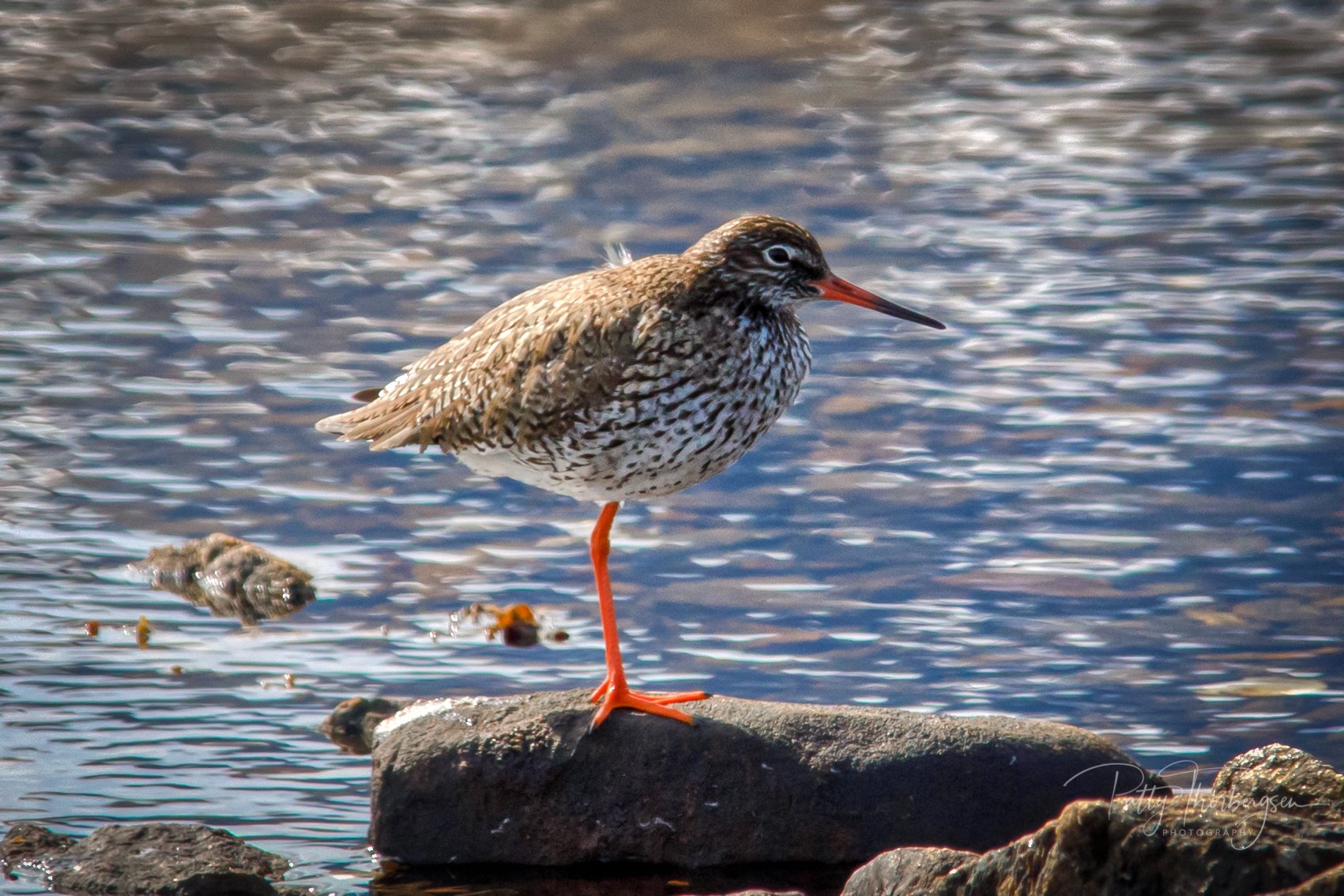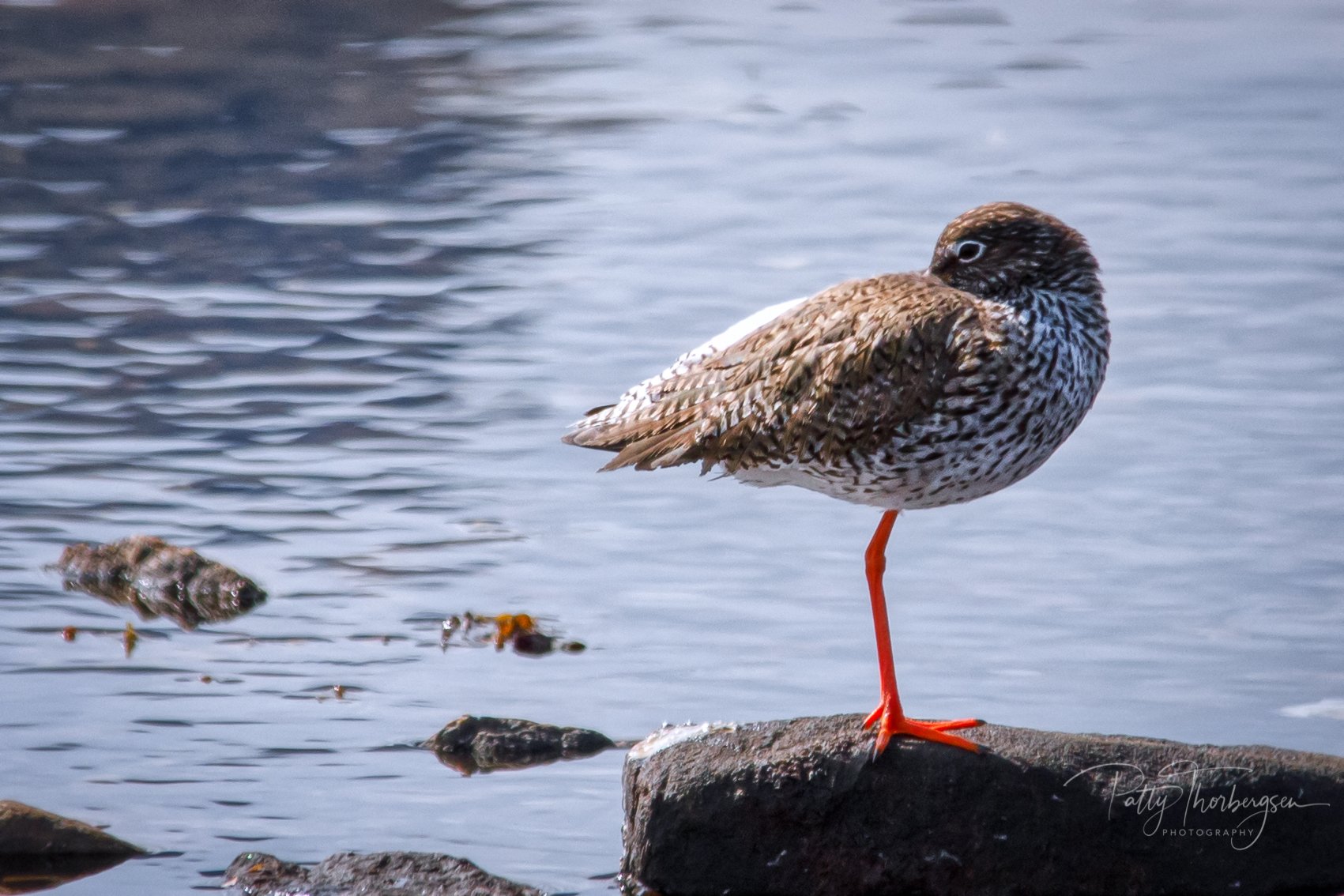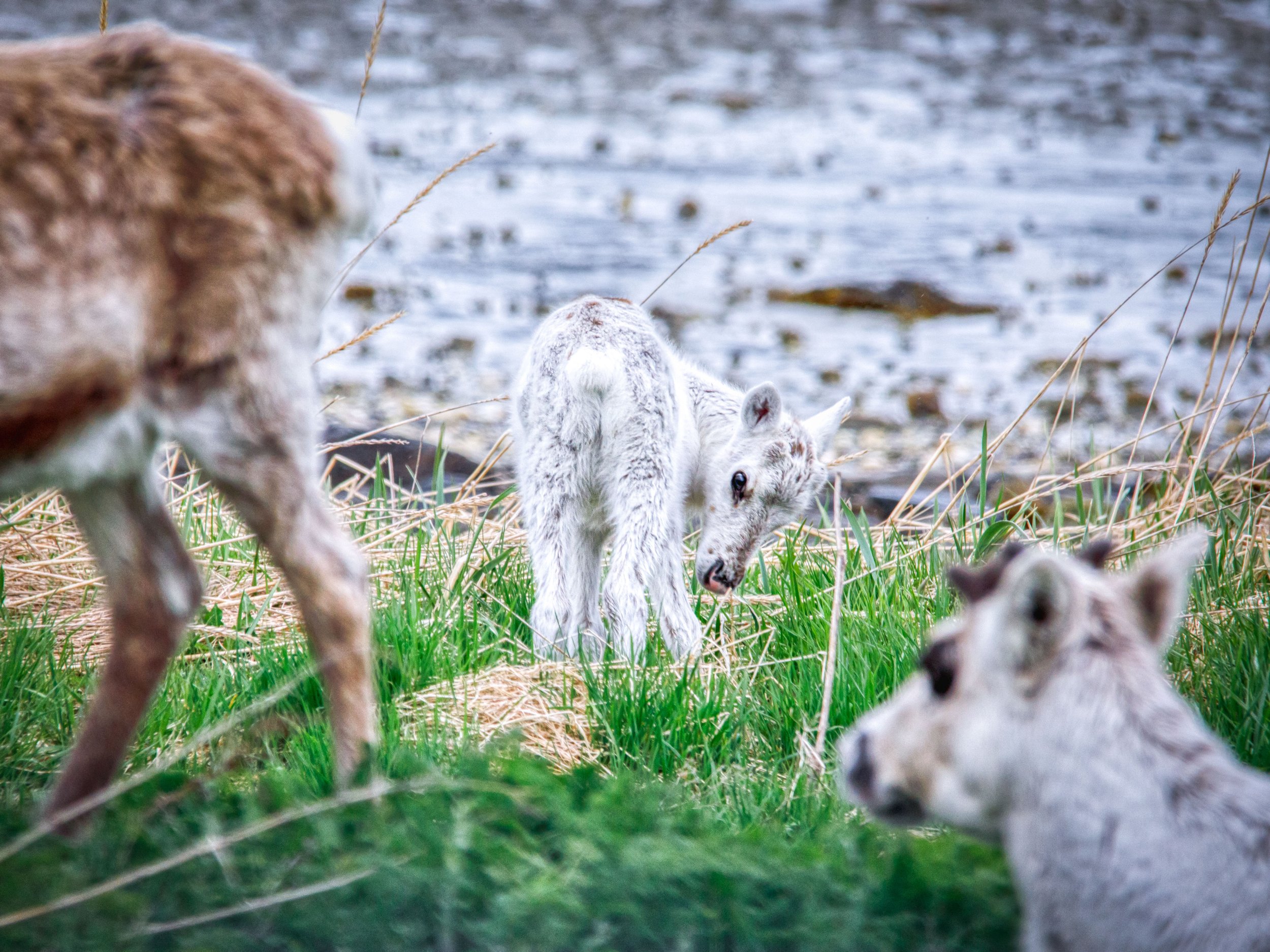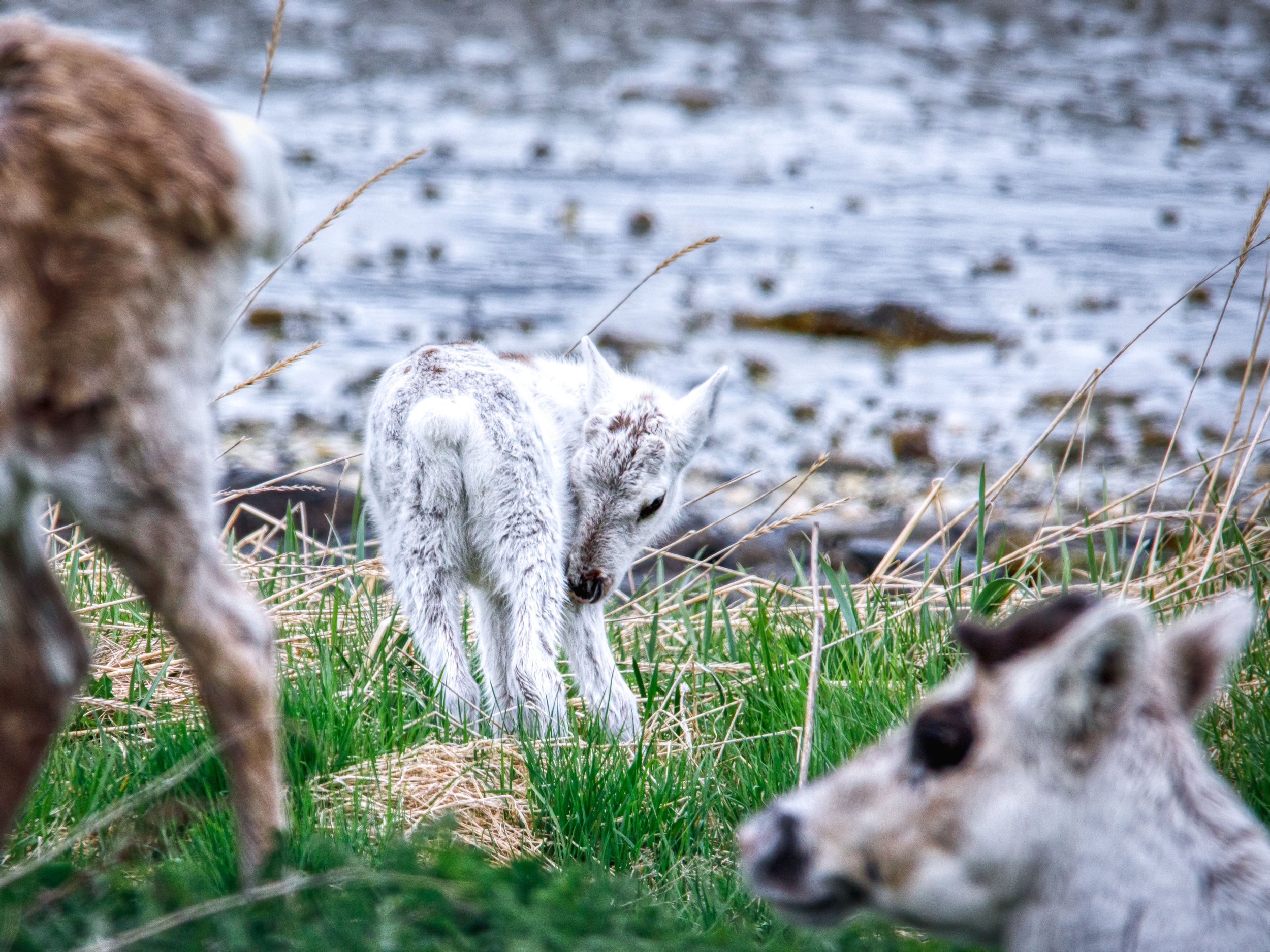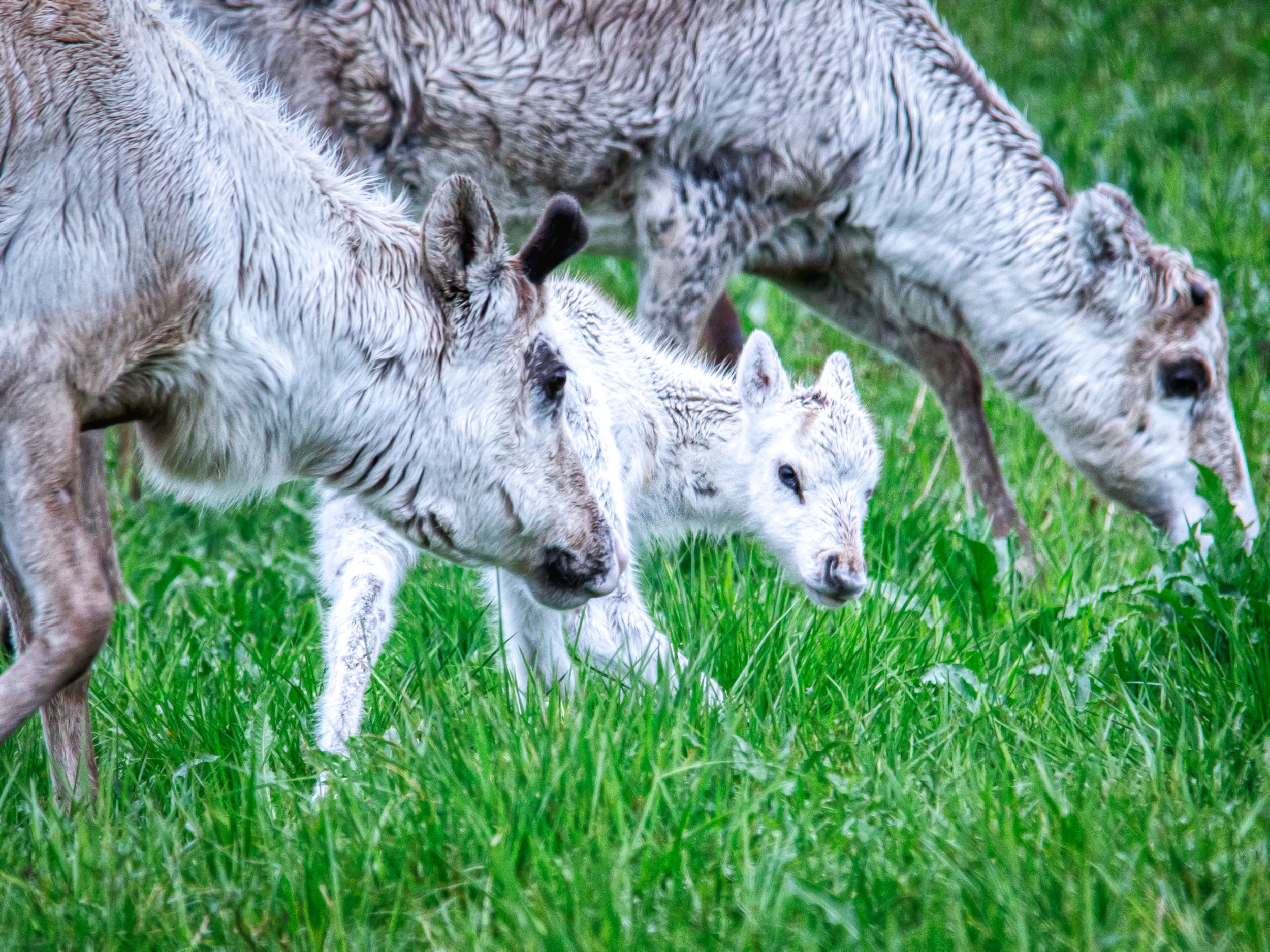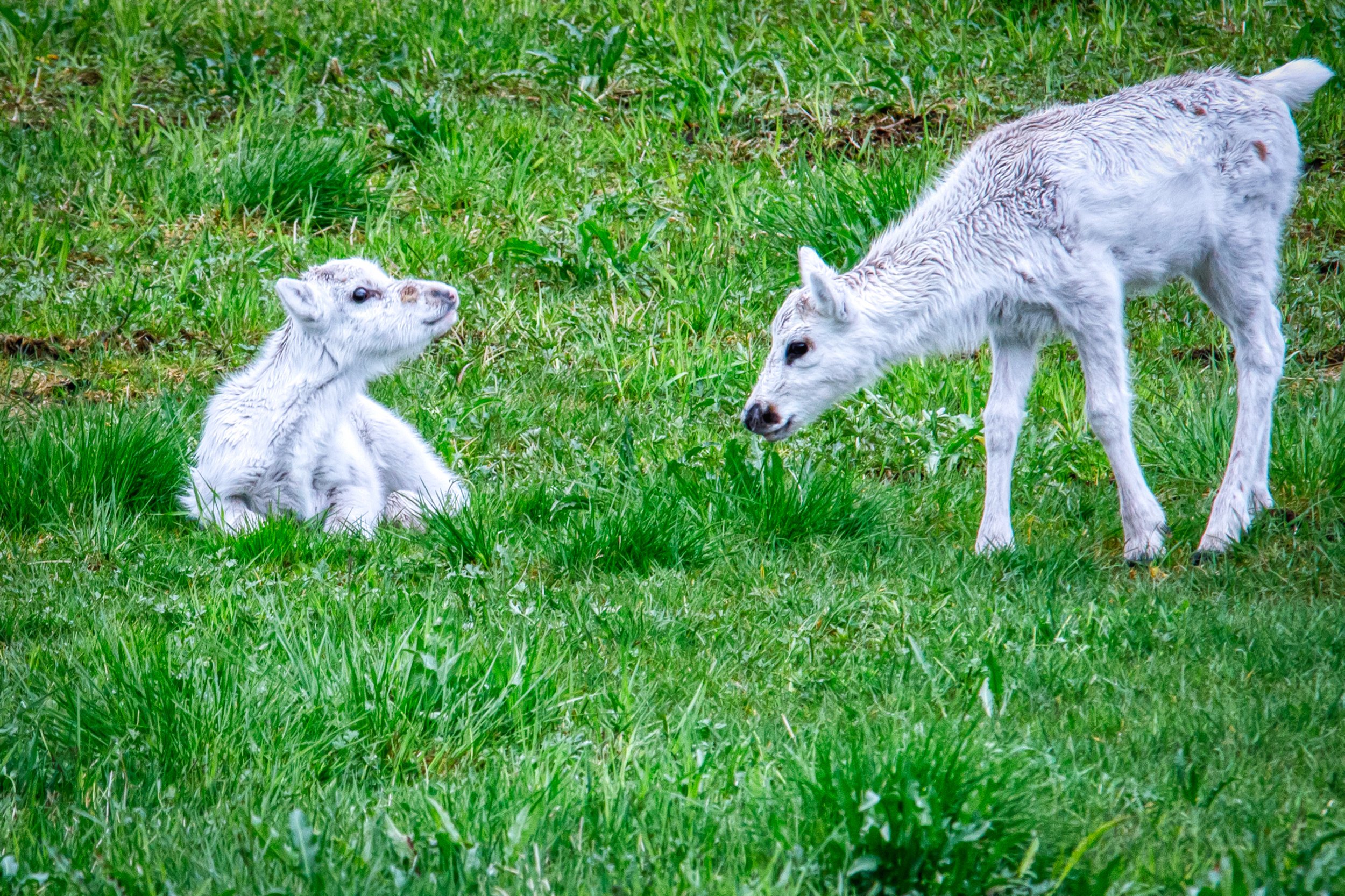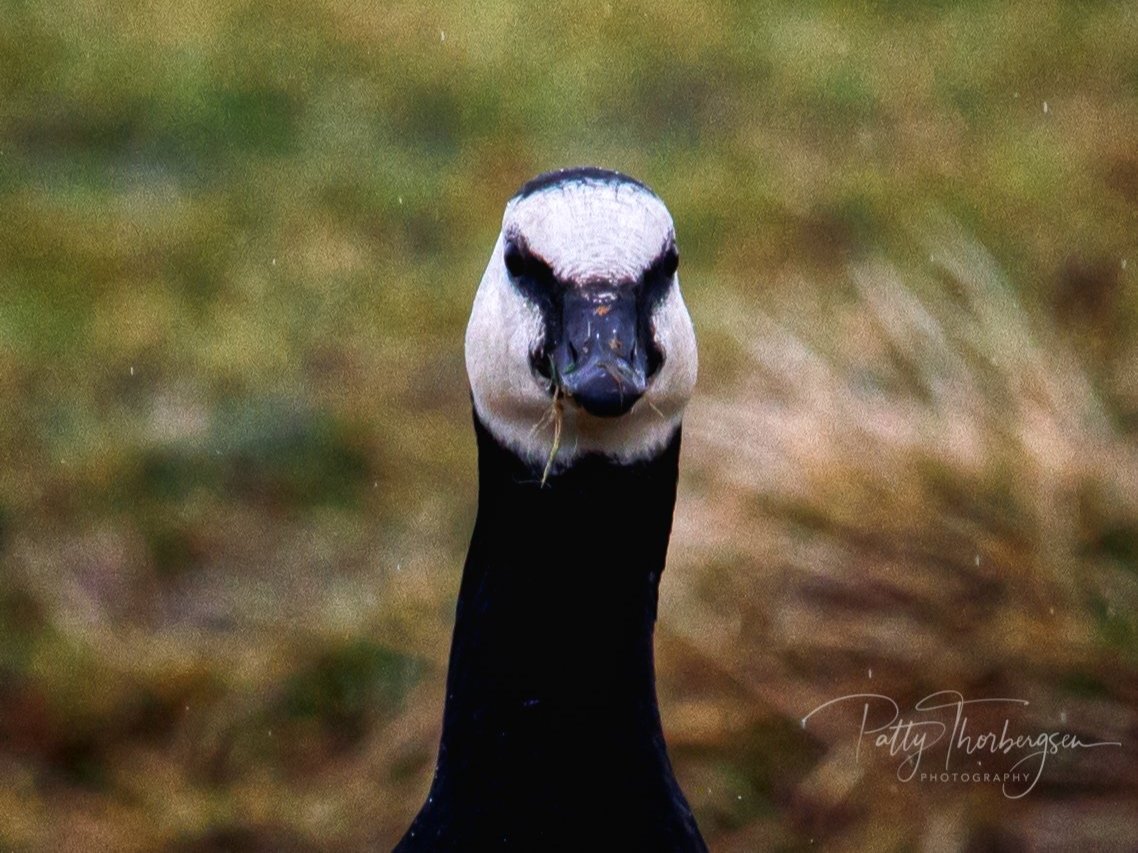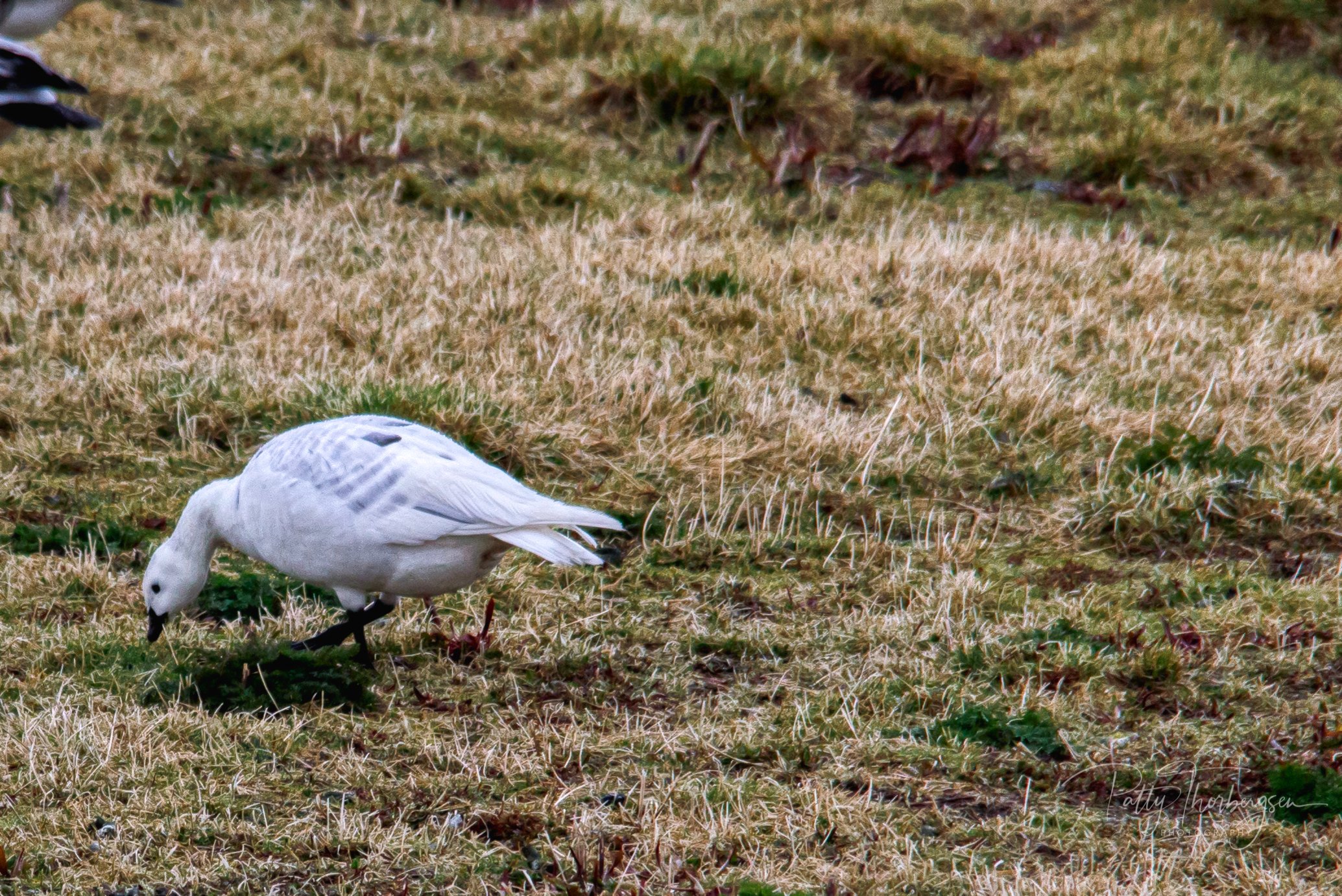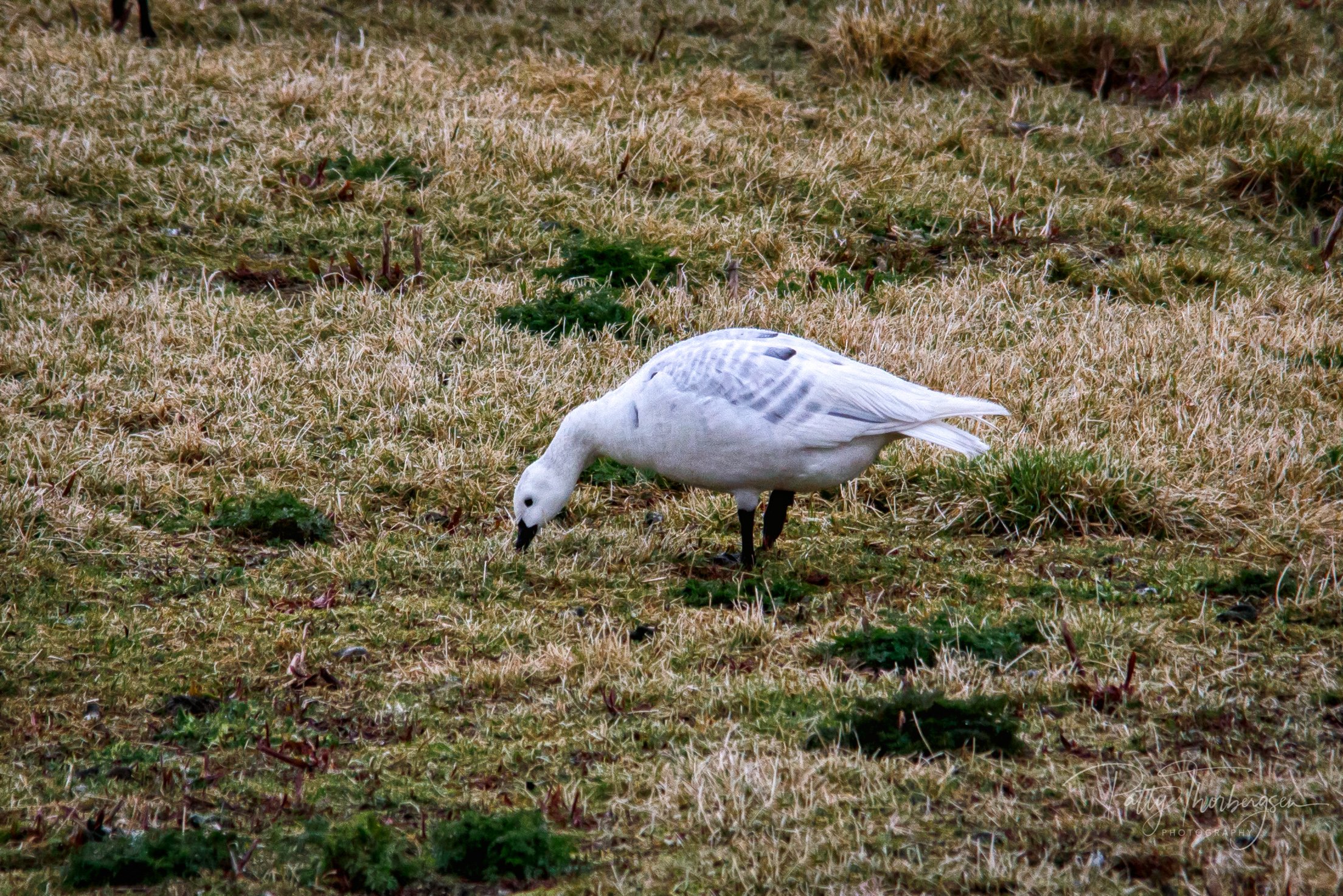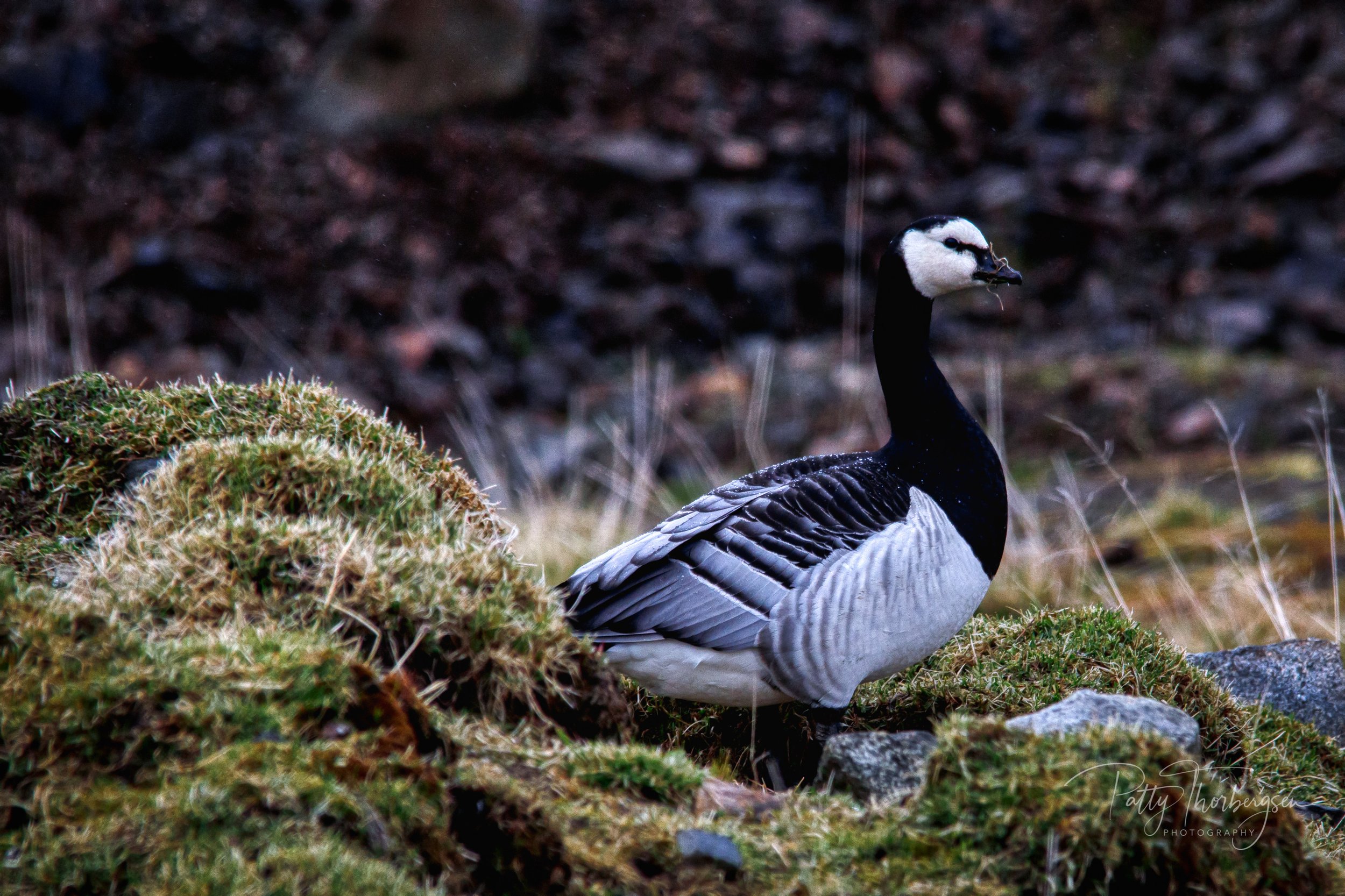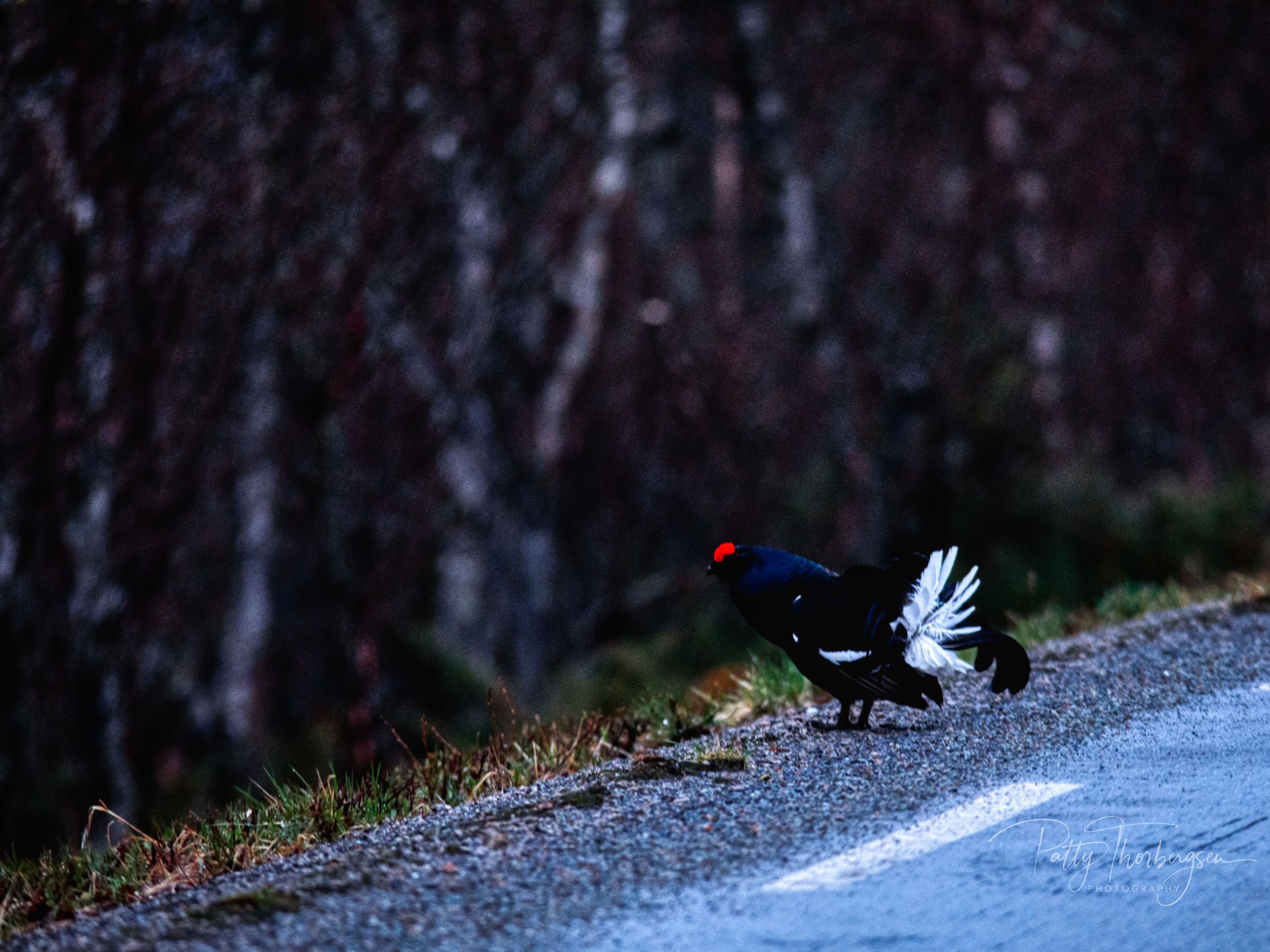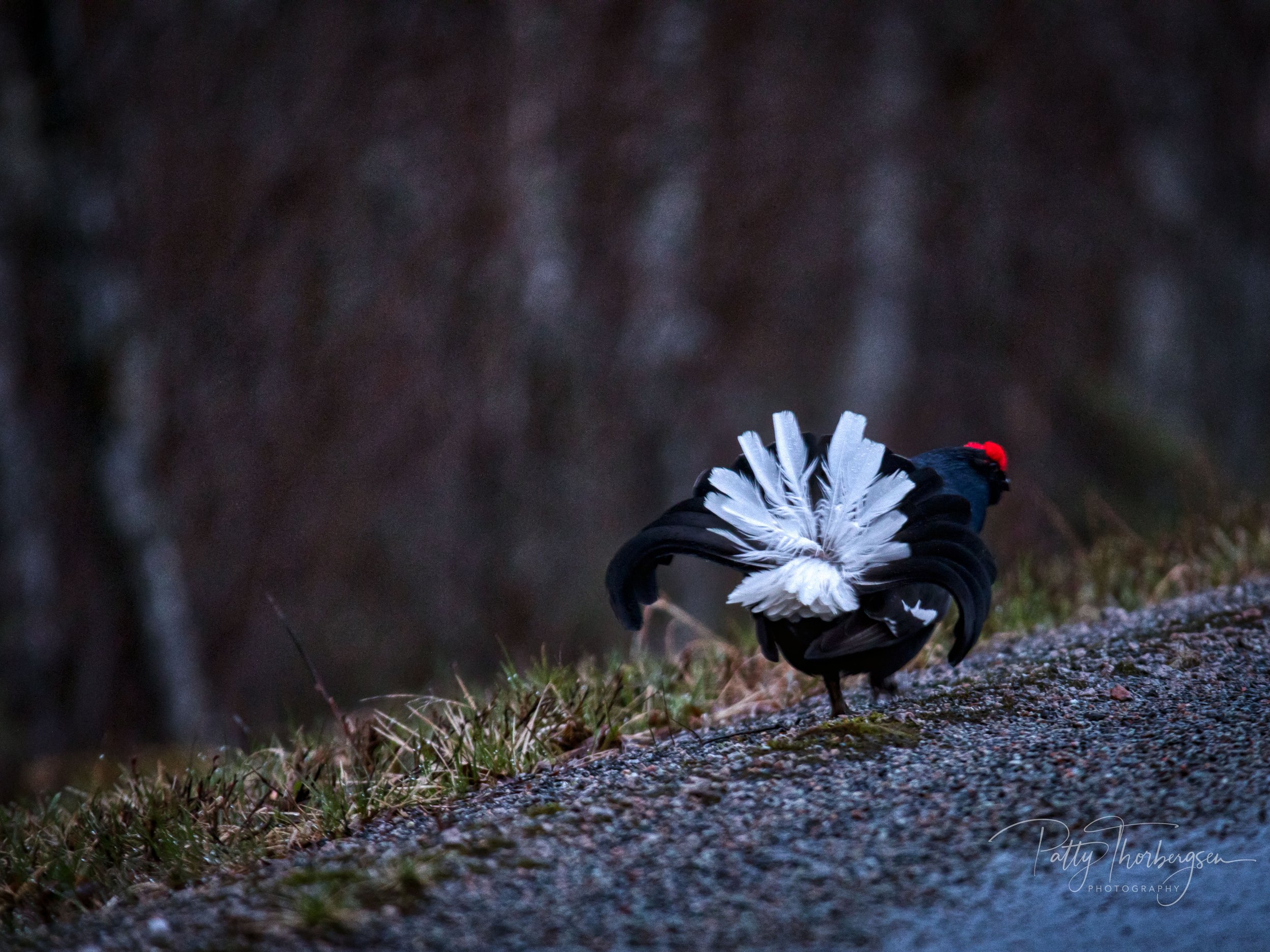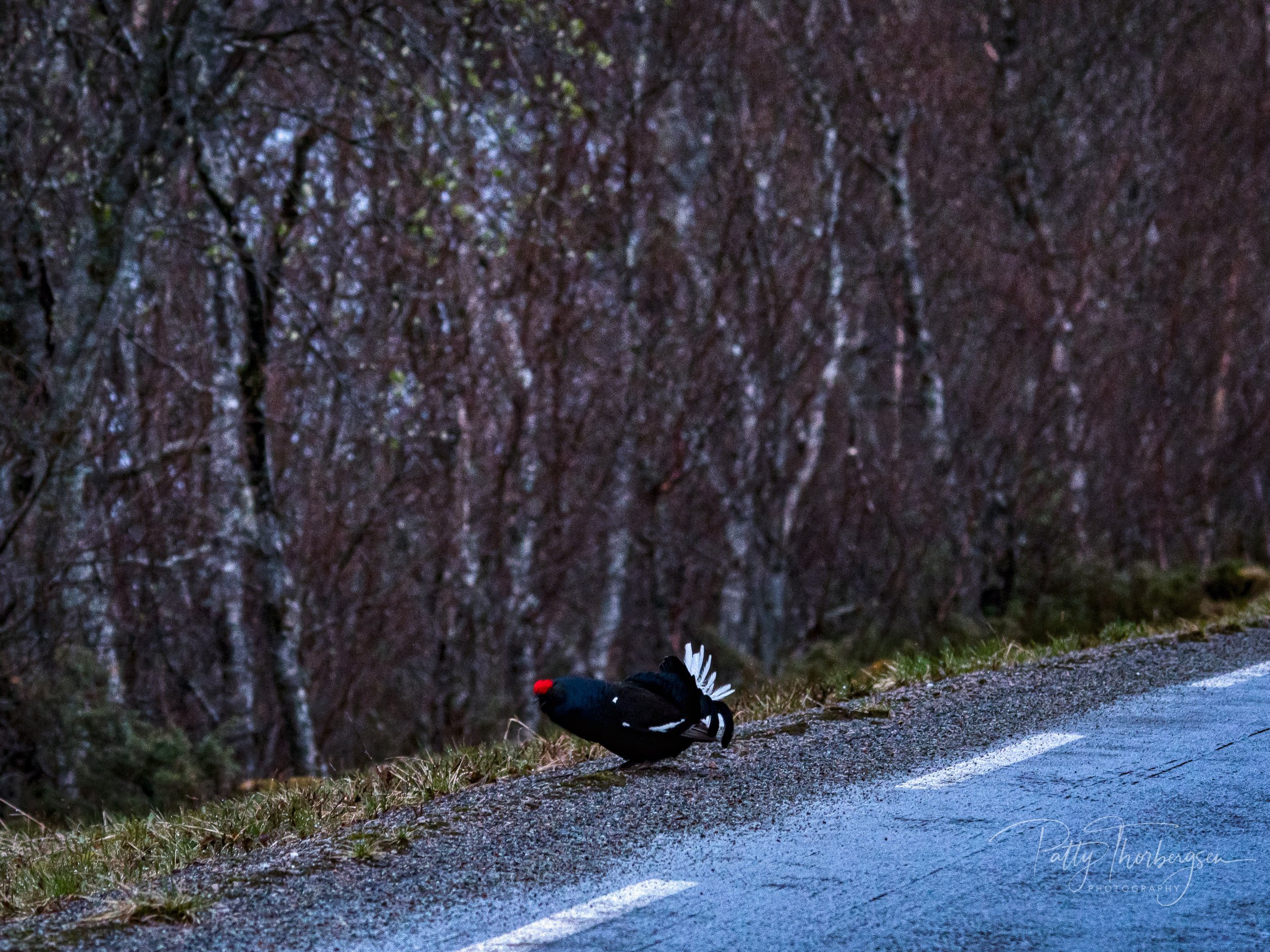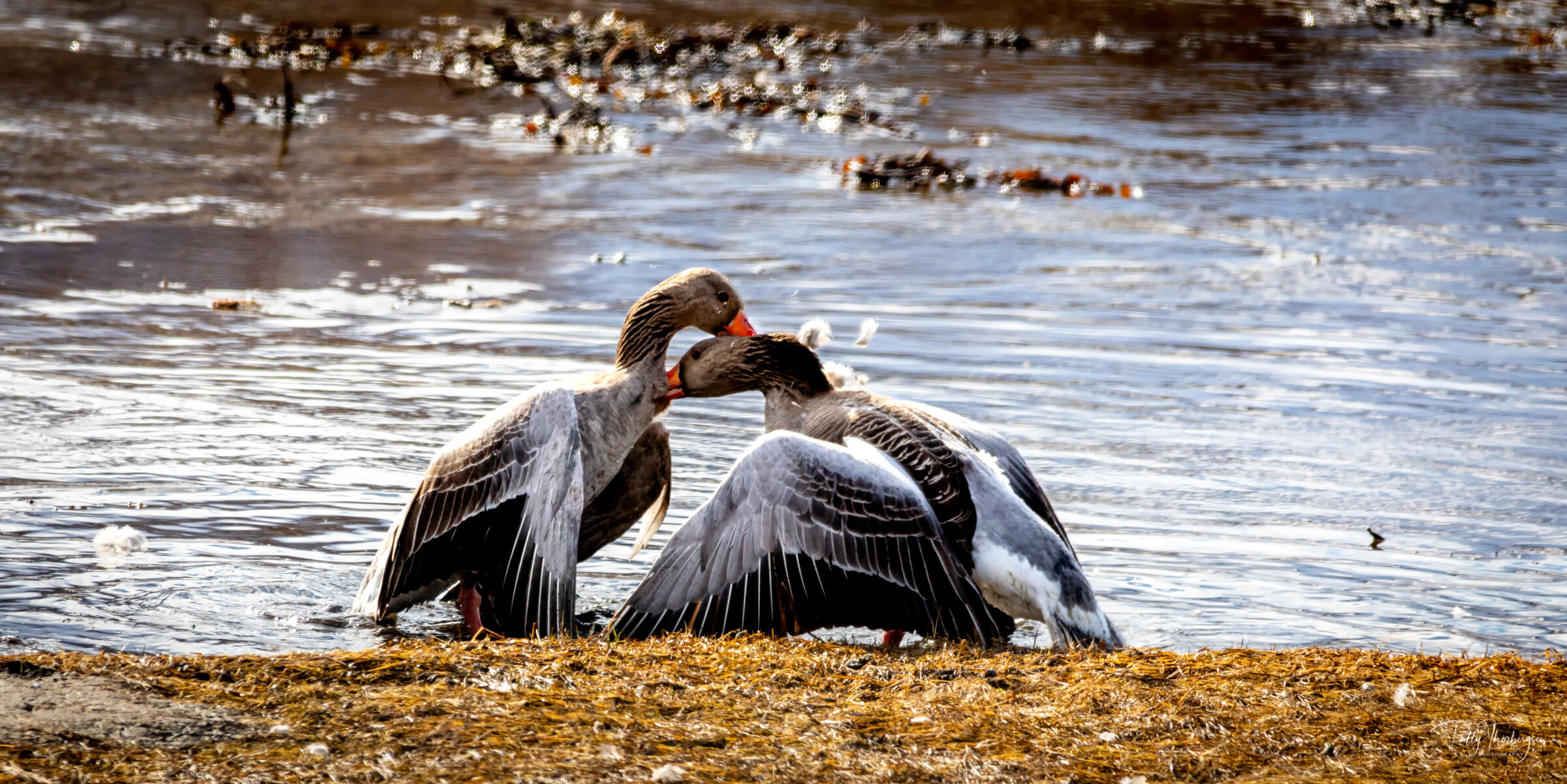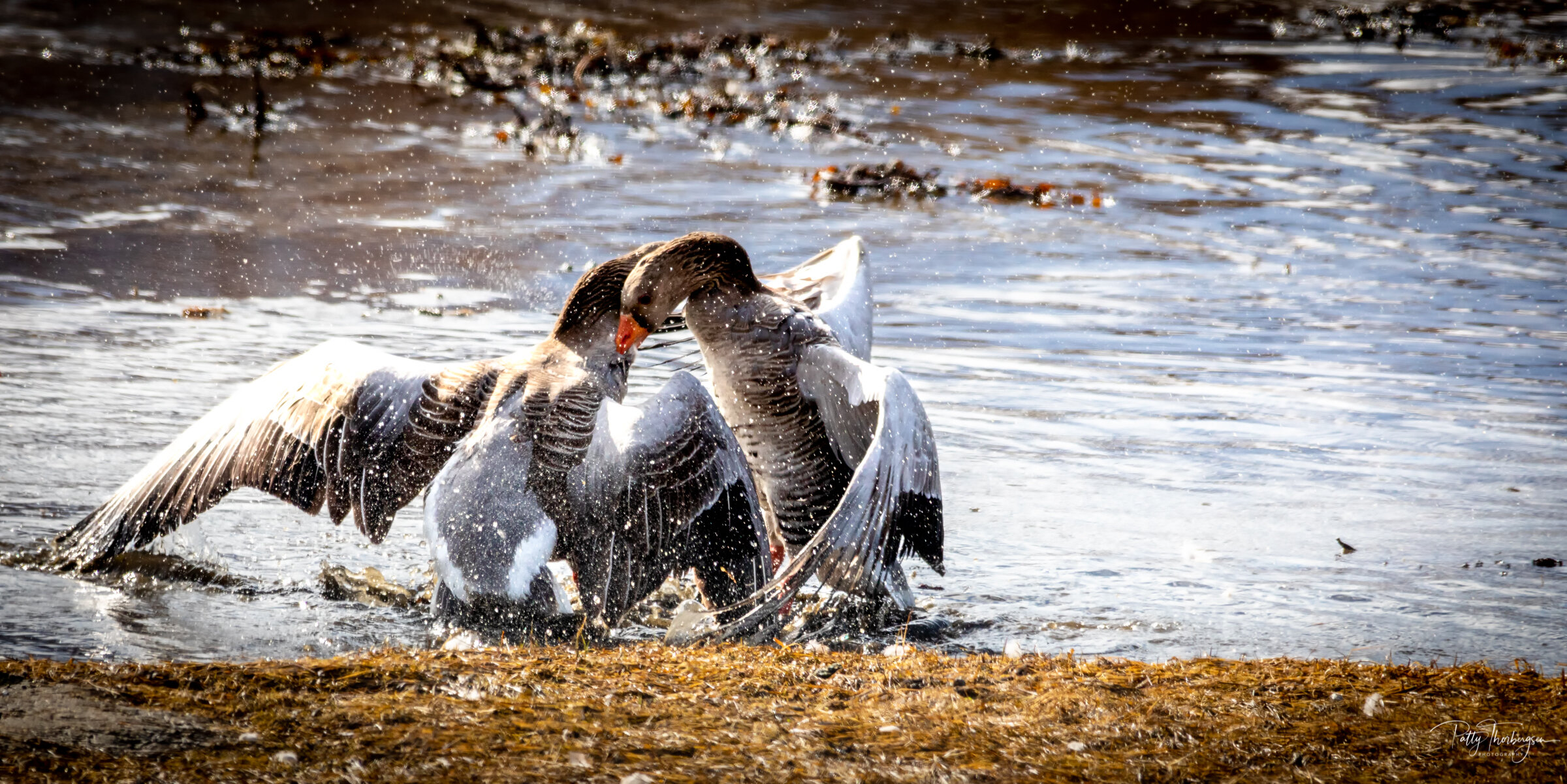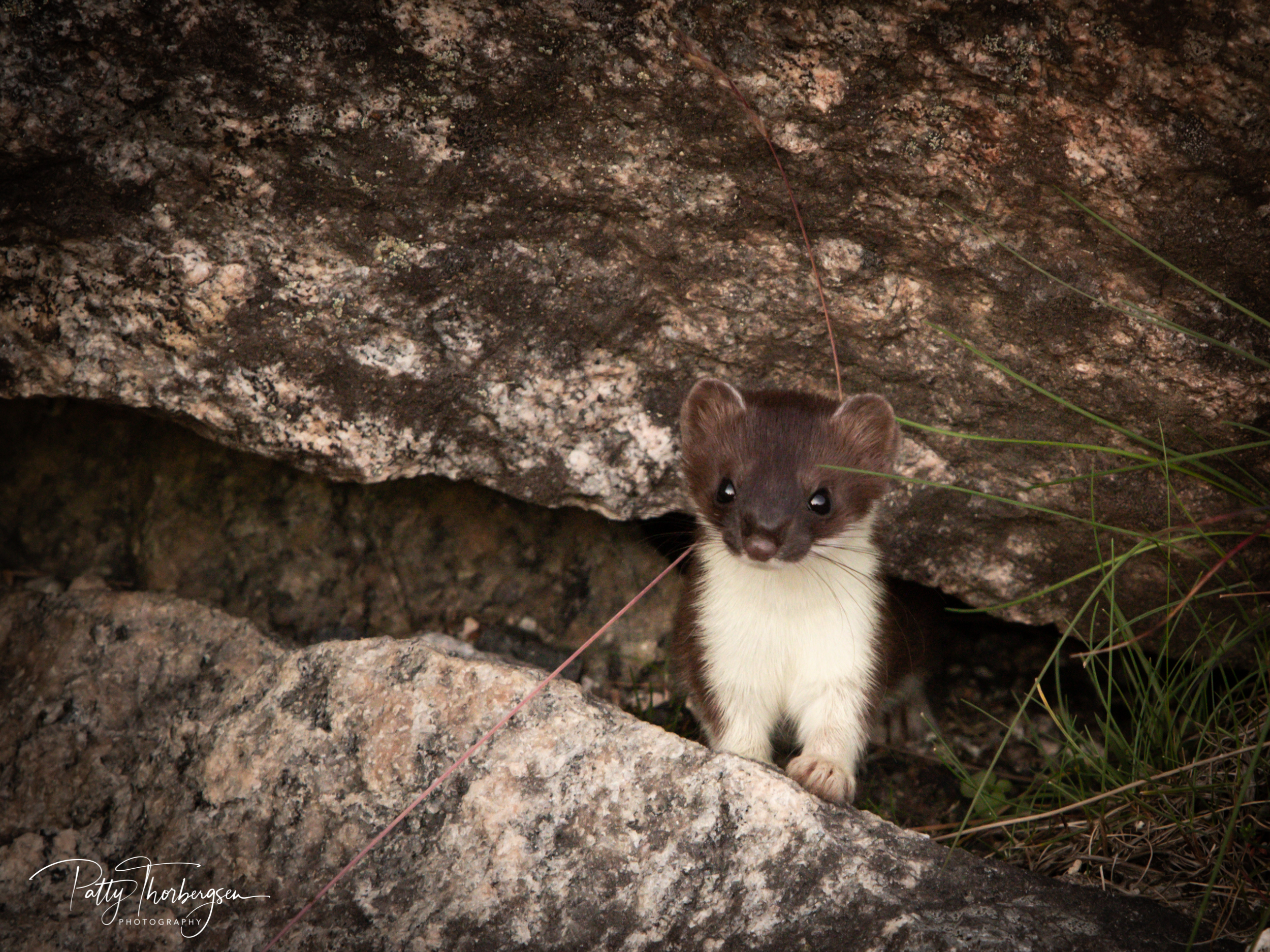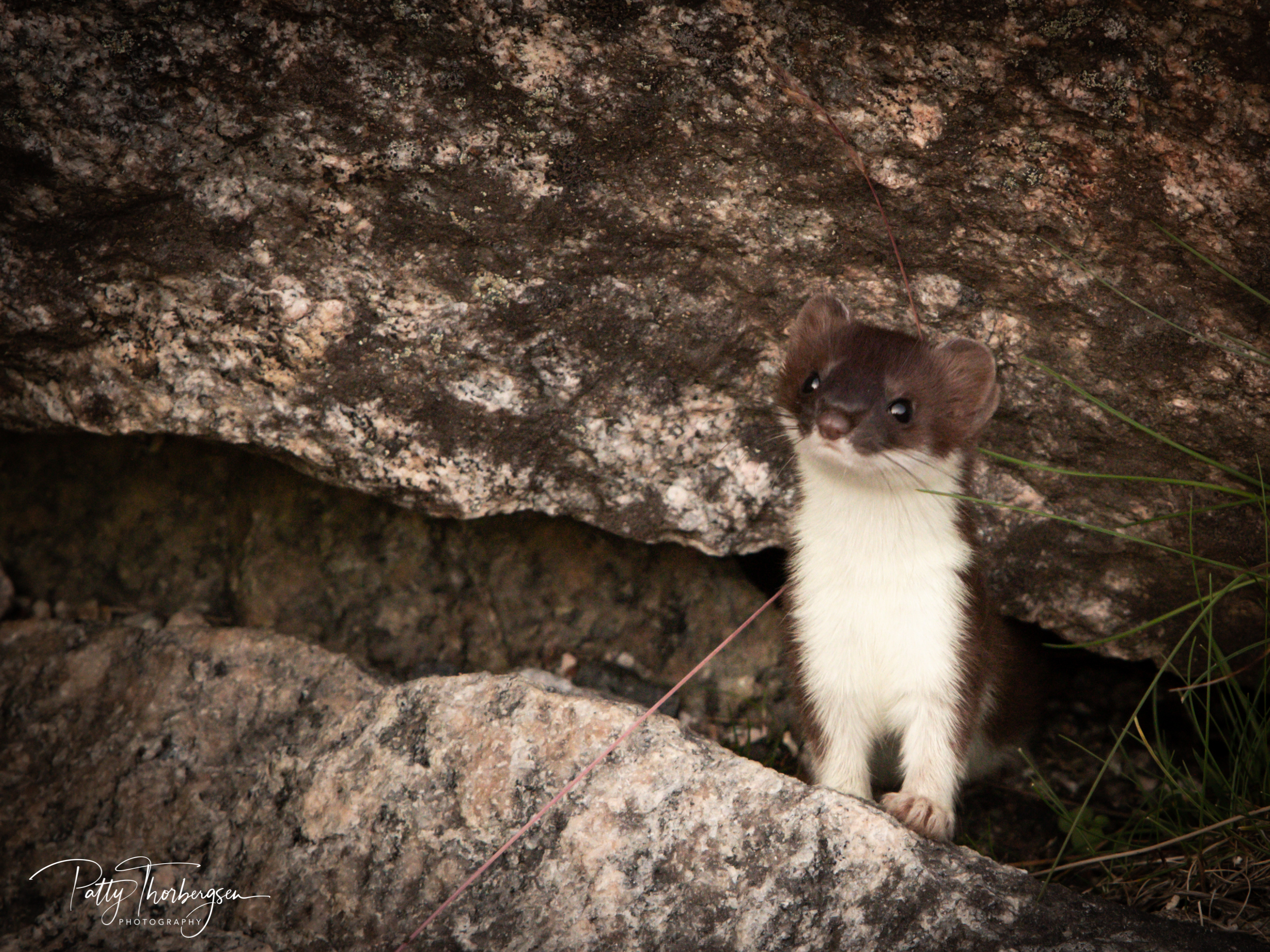The common redshank or simply redshank (Tringa totanus) is a Eurasian wader in the large family Scolopacidae. Common redshanks in breeding plumage are a marbled brown color, slightly lighter below. In winter plumage they become somewhat lighter-toned and less patterned, being rather plain greyish-brown above and whitish below. They have red legs and a black-tipped red bill, and show white up the back and on the wings in flight.
BirdLife Norway wants to focus on the redshank, and has therefore named it the Bird of the Year in 2022.
29.05.2022 Copyright © Patty Thorbergsen All rights reserved.
To request such permission or for further enquires, please contact: patty@thorbergsen.com
